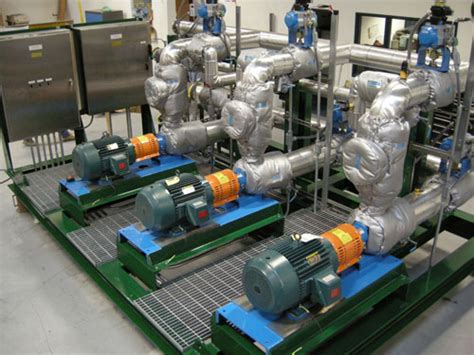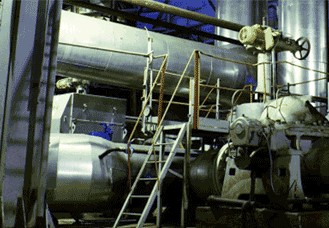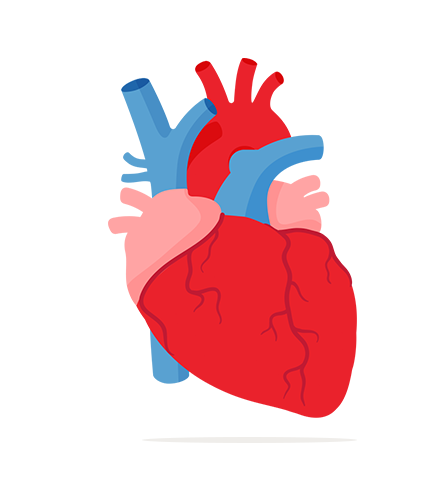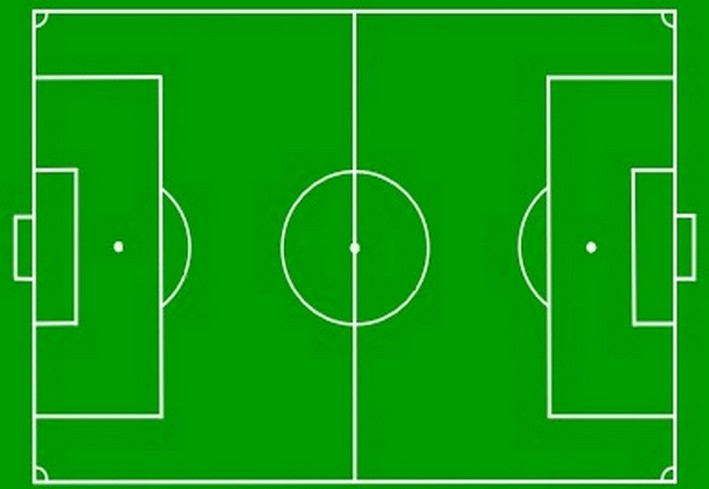
The functional contextualization first applies to Times Series TSDB or historian data. It will describe things such as :

The functional contextualization also describes the assets on top of which historian measurements are acquired. This way, the description of the parent assets also participate to functionaly describe the historian datas.
It will describe things such as :

Assets are most often contained within other assets. For example, a pump may be inside an installation within any site such as a production site.
Keeping full hierarchy of assets containments will give a global and coherent view of what describes your industry.
Of course the functional contextualization is supposed to propagate down in the tree to the most deep nodes that are the Time Series or historian datas.
Of course the information to put into the functional contextualization should be the only one to be requested upon or extracted. The requesting requirements should be identified within the business use cases to be implemented in the digital system.
More on this in later chapters.

Industry is driven though functional units. Functional units contain assets and their hirarchy. They can be more or less complex.
Althought the two previous items may be at IT hands (as collected in existing referentials), this information is wholly mastered by the operations people, outside the IT organizations.
This topic is at he heart of the functional contextualization at the service of the digital transformation success.

The influence zones are very important to delineate the different activities and their influence sectors when controlling the industry. They can be seen as assets that are reusable inside the hierarchical functional contextualization. Indeed any single asset may stand inside several types of influence zones corresponding to different industrial activities. And even any one asset may be inside several influence zones of the same type.
IngeniBridge supports all kind of industry configurations.

Attributes describing an asset or time series may be valued from a flat (non hierarchical) nomenclature, code + label. That's why IngeniBridge supports nomenclatures.